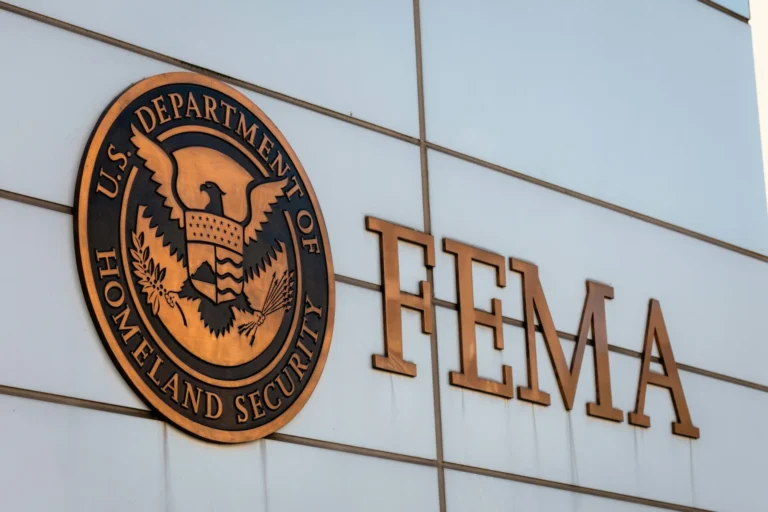Both George W. Bush and Congress have often failed to provide the VA with enough money to cover its veteran health care costs.Many Wounded Veterans Face BankruptcyBy Cliff Montgomery – Sept. 30th, 2007The marine served America well on September 11th, 2001. He pulled charred bodies from what remained of the Pentagon, actions which earned him a medal for heroism. This American–who had earned $100,000 a year, obtained a master’s degree in management and had excelled at logistics–witnessed even more terrors in Iraq and Kuwait.Now, the 38-year-old former marine who served so proudly cannot pay his bills. His thoughts of suicide, violent flashbacks and worry over imagined terrors–well-documented in the last six years of his military record–keep him from holding a steady job.The $4,330 in U.S. Government checks he receives each month–its compensation for his complete disability from shell-shock–can’t begin to cover his $43,000 of accumulated credit card debt. His disability checks also cannot cover the $5,700 he owes every month in adjustable home mortgage and equity loan payments.The bank may soon take his house.”I love this house. It makes me feel safe,” he tells the Associated Press (AP).He struggles to fight the thoughts of suicide torturing his brain.The story of former Marine Gamal Awad, son of a Sudanese immigrant, is typical for a sad but growing number of war veterans who find themselves drowning in economic debt.Thanks to modern military medicine, a record number of U.S. troops are returning home alive. But an unintended consequence is beginning to show itself. These same vets often find themselves suffering from long-time mental and physical disabilities, the inevitable result of combating hidden enemies along practically non-existent battle lines.Their treatment and recovery often won’t come immediately, and it certainly won’t be cheap.Over 185,000 vets from Afghanistan and Iraq currently are seeking government-sponsored treatment for war-related disabilities. The numbers can only grow–and so must the cost of providing America’s veterans with needed benefits.But such care already is stretching government resources. The economic and medical strain on existing structures may threaten veteran care for decades, proclaim both veterans’ groups and economists.”The wounded and their families no longer trust that the government will take care of them the way they thought they’d be taken care of,” veterans advocate Mary Ellen Salzano tells AP.A war veteran has very right to be treated “as a hero,” adds Salzano.Let’s be honest, these rising veteran costs certainly won’t destroy America’s $13 trillion annual economy. Nor in any real sense should it bankrupt the U.S. Department of Veterans Affairs (VA), which already handles over 5.5 million patients every year. But the soaring cost will squeeze government budgets and service agencies, regardless of who is in charge of the White House after its current ‘National Nightmare’ becomes a thing of the past.Economic forecasts are all over the map when it comes to cost projections for future veteran care–perhaps each projection says as much about the preconceptions of those creating the study as anything else.In any case, some studies predict that the federal cost of veteran care will soar up to $700 billion–a cost which may rival the price tag for the fruitless nation-building of Iraq.Both George W. Bush and Congress have failed to provide the VA with enough money to cover its spiraling veteran health care costs. The agency often has been forced to beg for billions more than was provided for veterans’ care in federal budgets.So we shouldn’t be surprised to discover that these health care costs typically are absorbed by veterans and their loved ones.Ted Wade can neither drive a vehicle nor remember things as he should since a bomb ripped off an arm, damaged his foot and scrambled his mind in Iraq.The Chapel Hill, NC resident and his wife now “enjoy” a lower standard of living. They’ve even had to allow their parents to make their house payments–a move which ultimately provides a further economic strain on already struggling military families.”I can’t work because he can’t be up here by himself,” his wife, Sarah, tells AP.”It’s my volunteer work, is what it really comes down to,” she adds.The Pentagon, the Labor Department and the Social Security Administration contribute needed federal benefits, as do some other government agencies.The VA appears to treat quite well the major, obvious wounds of veterans, and many add that the VA does very well with such cases in their early months.But several veterans and their families add that the VA far too often restricts a veteran’s rehabilitation, or cuts off the treatment much too quickly.Insurance for more disabling injuries may be obtained at relatively little cost to military members. It covers up to $100,000 of rehabilitation costs. But many say this just isn’t enough.Like what you’re reading so far? Then why not order a full year (52 issues) ofe-newsletter for only $15? A major article covering an story not being told in the Corporate Press will be delivered to your email every Monday morning for a full year, for less than 30 cents an issue. Order Now!

What Happens With Congress During A Federal Shutdown?
What congressional activities are still performed during this impasse?




